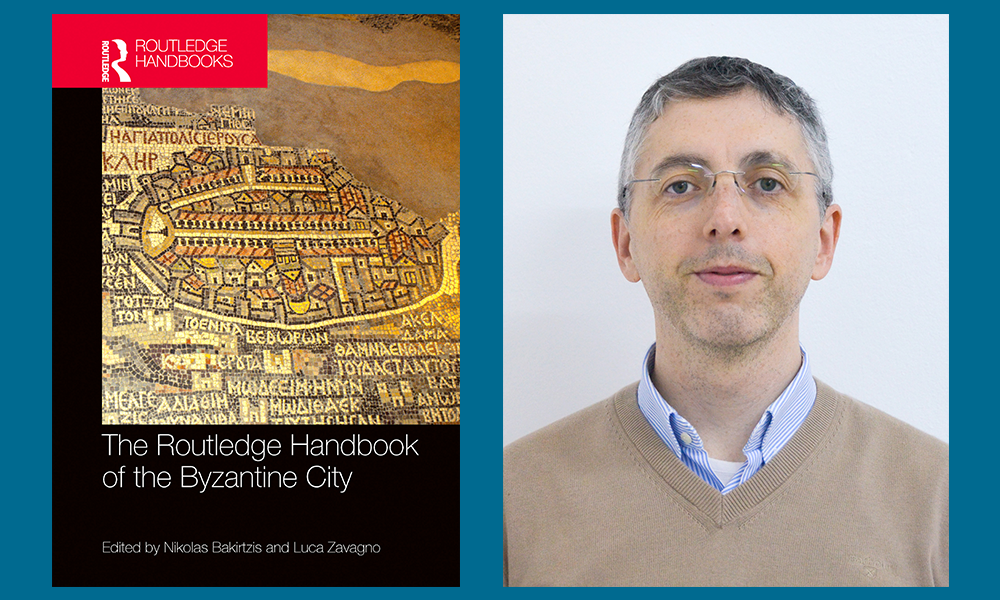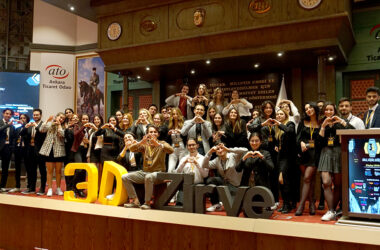Dr. Luca Zavagno, associate professor at the Departments of History and Archaeology, has coedited a new book: “The Routledge Handbook of the Byzantine City. From Justinian to Mehmet II (ca. 500 – ca.1500)” in the Routledge Handbook Series. Dr. Nicholas Bakirtzis, coeditor, is currently the director of the Andreas Pittas Art Characterization Laboratories at the Cyprus Research Institute.
Dr. Zavagno also authored three of the twenty-four chapters of the volume, which provides an overview and a detailed study of the Byzantine city for specialist scholars, students and enthusiasts alike. It will appeal to anyone interested in Byzantine urbanism and society as well as those studying medieval society in general.
Organized into four sections, “The Routledge Handbook of the Byzantine City” covers the following topics: Theory and Historiography, Geography and Economy, Architecture and the Built Environment, and Daily Life and Material Culture. It includes more specialized accounts that address the centripetal role of Constantinople and its broader influence across the empire. Such new perspectives help to challenge the historiographical balance between “margins and metropolis.” It includes geographical areas often regarded as peripheral, like the coastal urban centers of the Byzantine Mediterranean as well as cities on islands such as Crete, Cyprus and Sicily, which have recently yielded well-excavated and stratigraphically sound urban sites.













